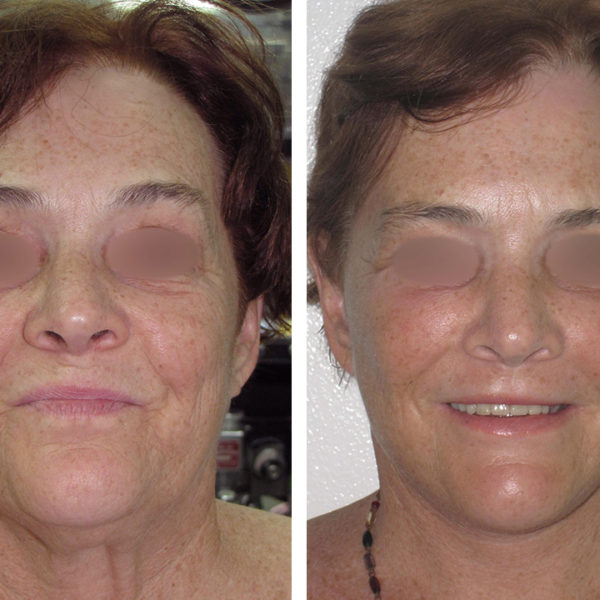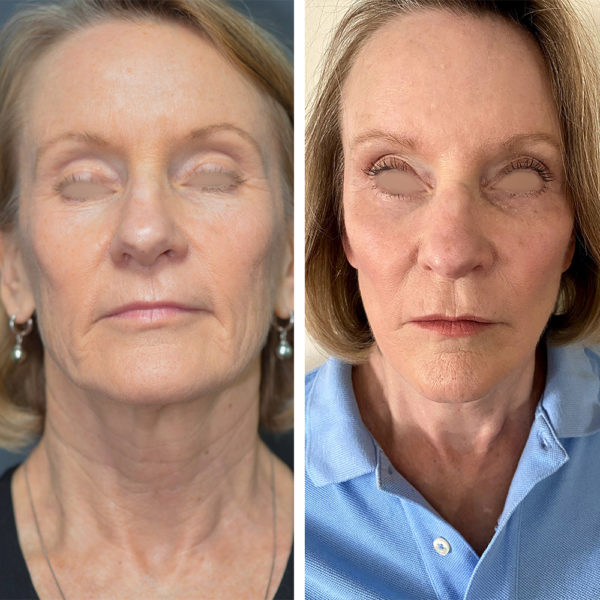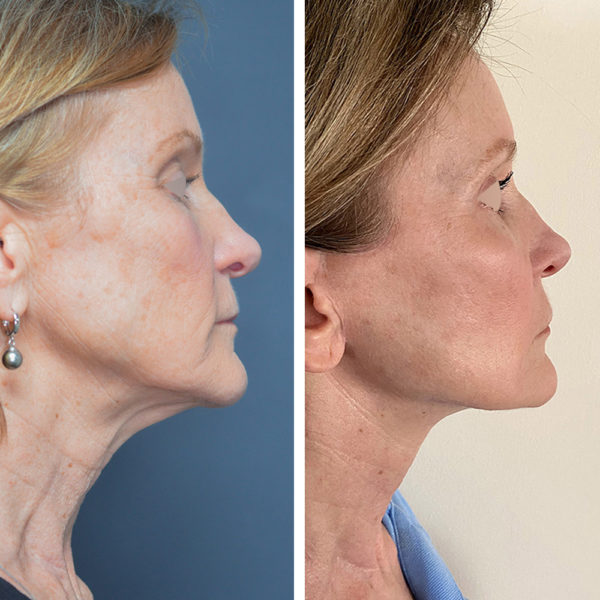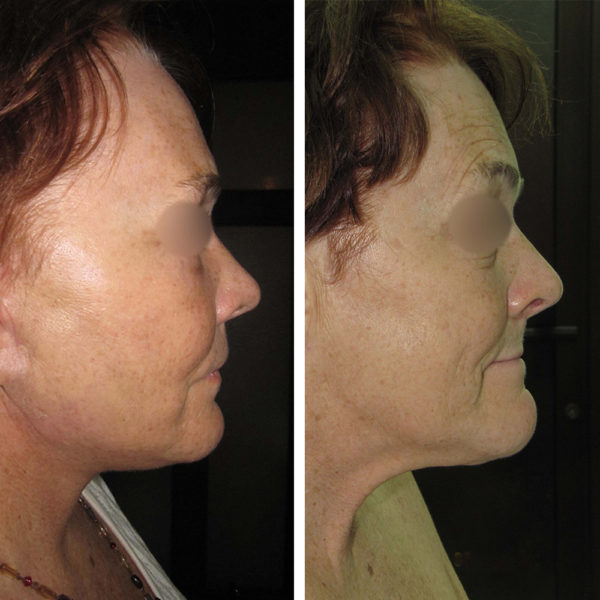Facelift Overview
Rhytidectomy, commonly referred to as a facelift, is a procedure that improves the signs of aging in the neck and face. It is used to treat issues such as loose skin and excess fat in the neck that can appear as a double chin or “turkey neck,” the relaxation of facial skin that causes sagging, the deepening of fold lines between the nose and the corner of the mouth, adipose tissue that has fallen or disappeared, and jowls developing in the cheeks and jaw. A well-executed surgery repositions the tissues in their original position, avoiding a “stretched” and artificial appearance. There are various rhytidectomy techniques, and depending upon the patient’s individual case, the procedure is usually performed via incisions that start in the temple region, descending along the natural folds in front of the ear, and continuing behind the ear to the scalp.
Anesthesia
During the facelift procedure, anesthesia may be general or intravenous sedation in combination with local anesthesia in the area being treated.
Facelift Surgery Duration
The facelift surgical procedure takes place over an average period of 3-5 hours, with an additional hour if combined with a blepharoplasty (eyelid surgery). If necessary, this period may be extended. However, the surgical procedure time should not be confused with the amount of time the patient will be in the operating room. That amount of time will also include the administering of anesthesia and postoperative recovery.
Hospitalization Period
Under normal circumstances, the hospitalization period is approximately 1-2 days.
Rhytidectomy Postoperative Care
Patients undergoing a facelift should rest for 2 weeks following the procedure. A compression face wrap should be worn 24/7 for the first week post-surgery. Stitches are removed after 1 week. Patients should sleep on their backside (face up) with their head elevated for 4 weeks. Strenuous activity and exercise should be avoided for 6 weeks following surgery. Avoid lifting anything over 5 lbs. during this period. Request More info Today!



